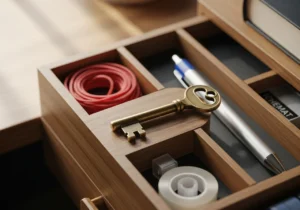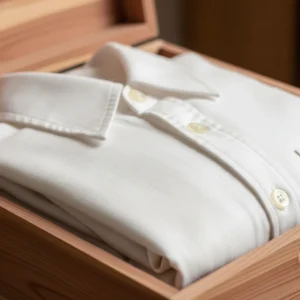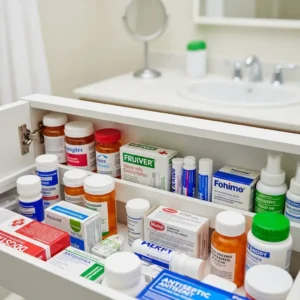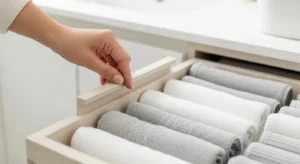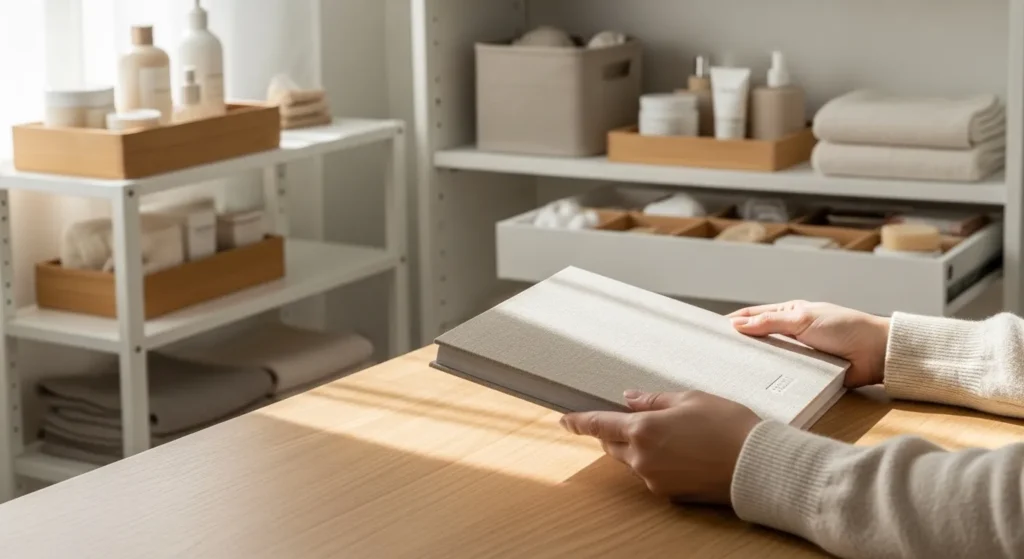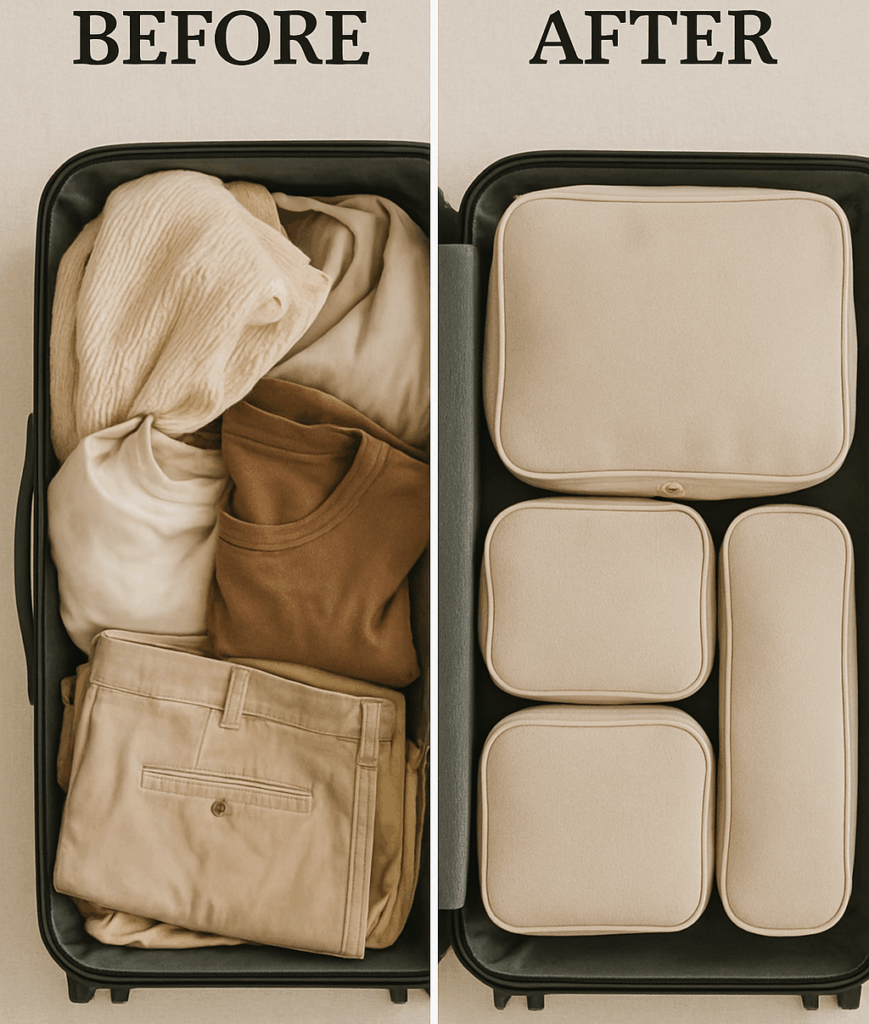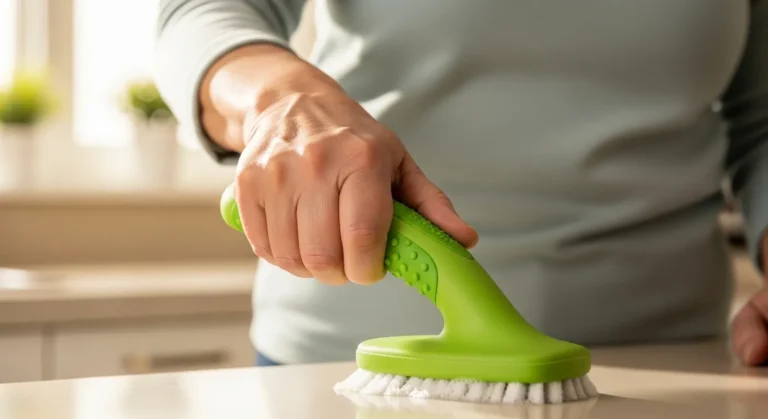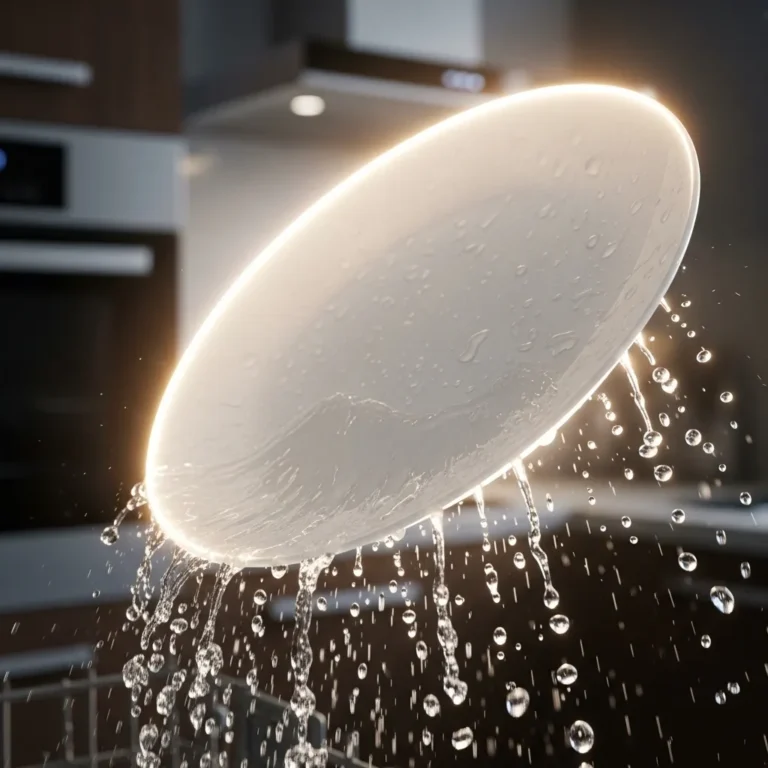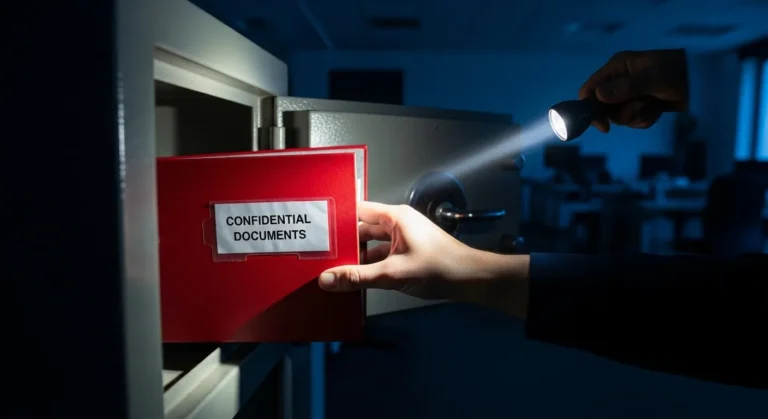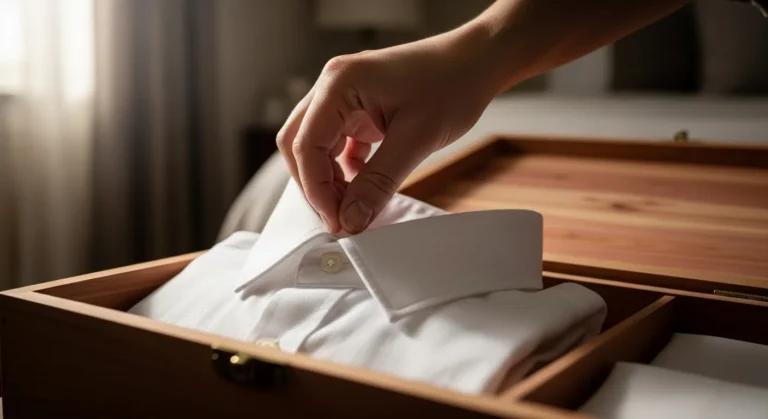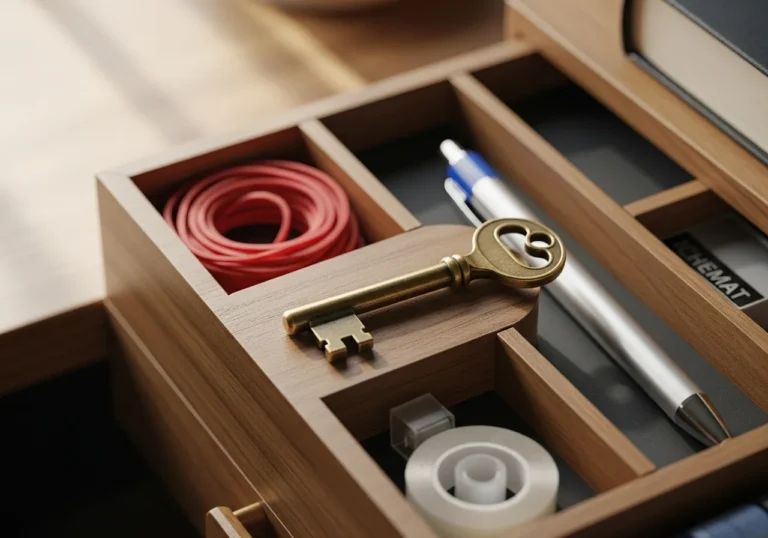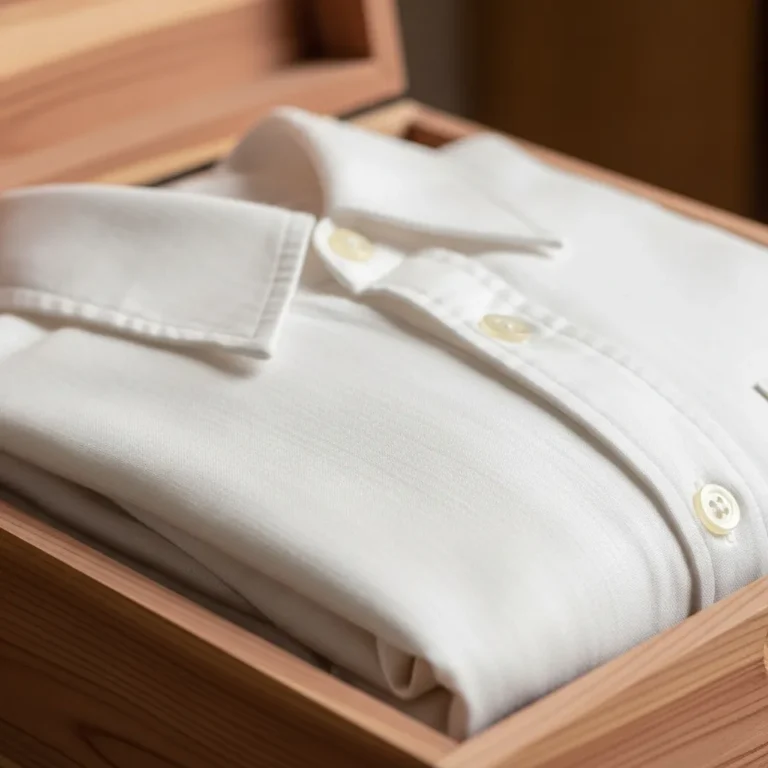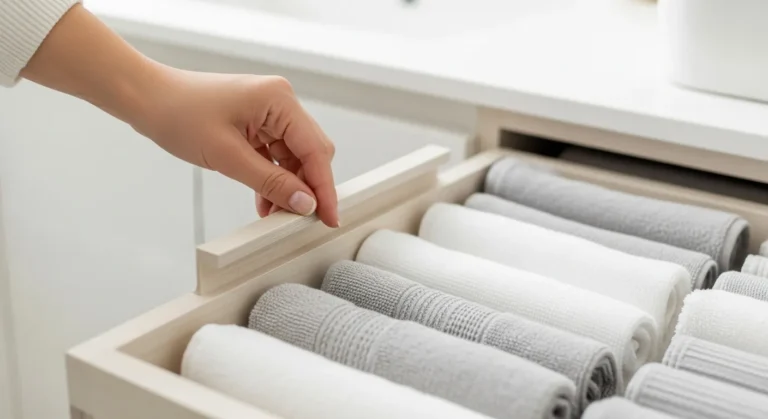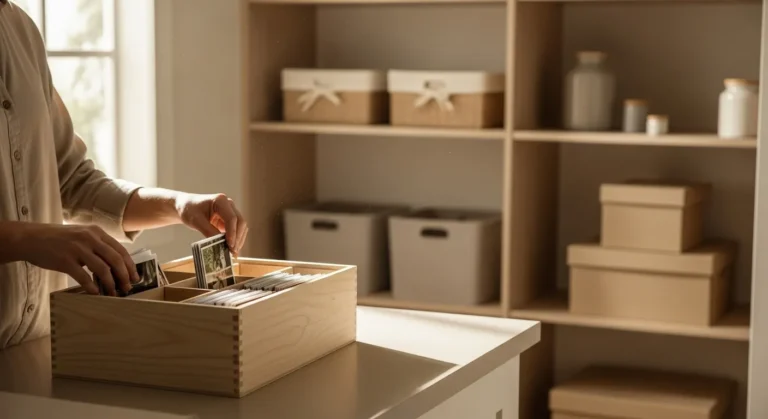Are these coffee maker mistakes ruining your morning cup of Joe?
A coffee maker is one of the best things a java lover can have at home. And if you care for and maintain your coffee maker, it’ll continue to work well and make you a fantastic cup of coffee every time.
When properly cared for, coffee makers of higher quality can last five years and even longer. While this is the typical time a quality coffee maker will function, the actual lifespan of this trusty appliance can be affected by various factors.
If you service and maintain it regularly, you can extend its useful life and get more use out of it. So, how can you make this happen? By avoiding to make a few coffee maker mistakes and consistently following a predetermined maintenance schedule, of course.
This has the potential to increase the time that equipment is operational while also reducing the amount of revenue lost while a machine is being repaired. On that note, here are 9 coffee maker mistakes you might have been making without even realizing it!
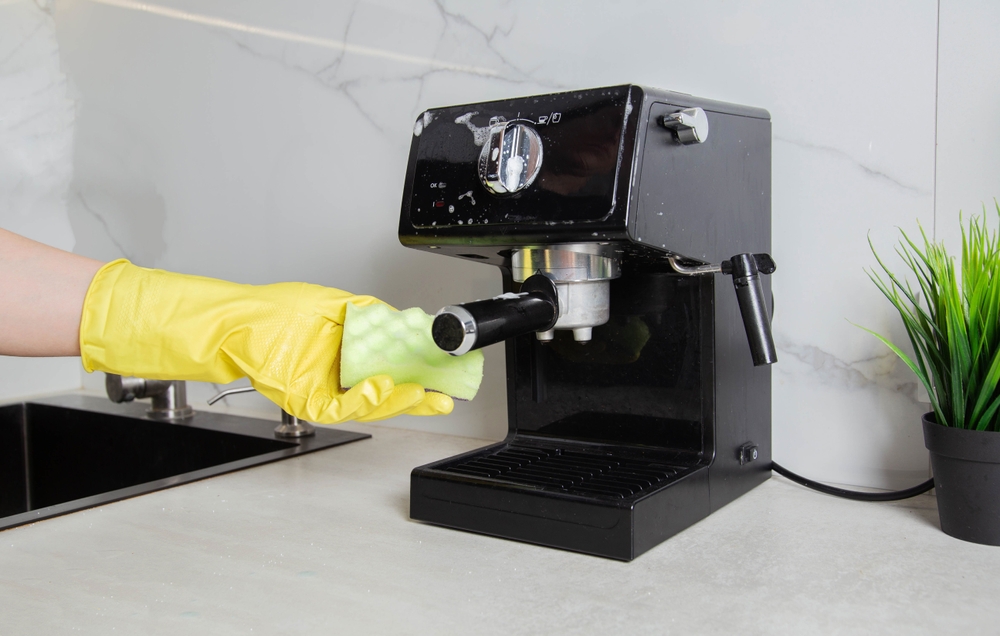
Coffee maker mistake: You don’t clean your machine well
If your coffee tastes funky, you might blame the pot. But the truth is, it isn’t usually the culprit. It tends to be the unseen inner parts of your machine that never get cleaned or washed.
Even if you regularly wash the pot and basket where the grounds go, you’re missing a significant component.
Many people don’t know that they need to use a specific type of water in their coffee machine, but it’s the key to success when it comes to the health of your appliance and the taste of your coffee. That’s because tap water is usually filled with magnesium, calcium, or limestone.
And over time, they can build up in the inner workings of your machine. They not only make your coffee taste bad, but they can also destroy your machine.
Some coffee machines have lights telling you if a descale is required, but a quick descale two times a year is a safe bet for most coffee makers.
Coffee maker mistake: You hit pause while your Java brews
Try to resist the urge to halt the brewing process and pour yourself a hurried cup of coffee. The flavor for your first and following cups will thank you for it.
If you seize the cup while the coffee’s still brewing, your cup will be way too potent, and what’s left in the pot will be too weak.
That’s because the first half of the pour is always the strongest, and then, as the brewing continues, there are fewer soluble solids to dissolve in the dripping water. On average, the pot has the ideal strength and concentration once completely brewed.
Coffee maker mistake: You’re using a sub-par grinder
Coffee grinders come in two types: burr and blade. Blade grinders function like mini food processors: its blade strikes the beans repeatedly until they’re chopped finely.
Generally, you have to time the grind, shake the grinder occasionally to distribute the beans, and check the coffee to see if it’s reached the desired viscosity. Burr grinders, on the other hand, do all the work for you, and there’s less chance of user error.
A burr grinder can be compared to a pepper mill. It has two sets of gear-like components called burrs that spin against each other to crush the coffee.
You put whole beans in the top, choose your preferred grind size, turn your machine on, and your chosen ground beans come out the bottom. If you want more of a consistent cup of coffee, your best bet is a burr grinder.
Coffee maker mistake: You’re using oily beans
The oil present inside a raw coffee bean gets brought to the surface during the roasting process. All beans have some oil in them, but some more so than others. The darker your roast is, the more likely it will be that your beans will have a little extra oil on them.
You can tell by sight. Just look for a rich and shiny coating. Some prefer that flavor, while others choose a drier bean. One isn’t necessarily better than the other when it comes to flavor, but if you’re looking for a longer-lasting coffee maker, you’ll want to take note of this.
Some machines, especially espresso machines, don’t do well with all that excess oil. A coffee maker repair company suggests looking into what level of oil and roast type works best for your coffee maker and getting one that works best for your favorite flavor of beans.
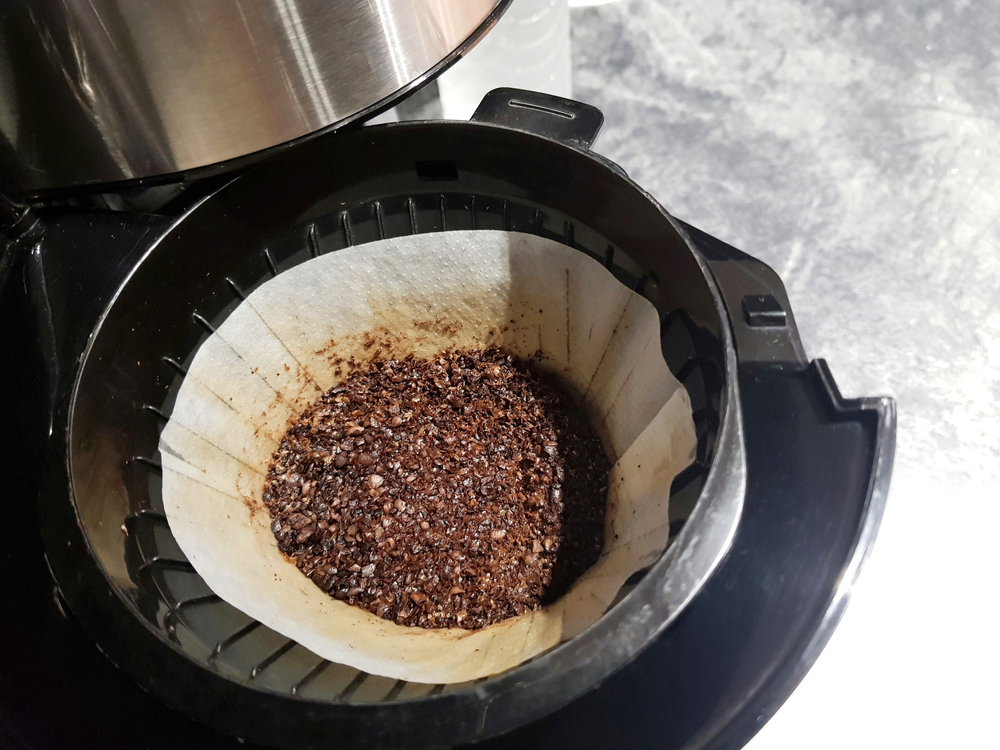
Coffee maker mistake: You leave wet coffee grounds in the machine too long
When your fresh pot of coffee has finished brewing, lift the lid and toss or rinse the filter and used grounds. Always make sure you’re doing this as you’re done brewing. The damp or warm conditions form a perfect environment for bacteria and mold to collect.
That means you’ll get bacteria-laden coffee the next day entering your system, which could taste funny AND make you sick.
Coffee maker mistake: You leave it on when you’re not using it
Not only does leaving it on all day long waste a ton of energy, but it can also shorten the lifespan of your trusted coffee maker. Excess energy use and continual electricity flow will vanish at your machine’s mechanics. It’s an easy mistake.
Luckily for those of us who are a little bit more scatterbrained before we’ve gulped our morning cup, many coffee machines nowadays automatically turn off when not in use.
Coffee maker mistake: You’re underfilling the water tank
You can run into significant issues when there isn’t enough water in your machine’s water tank. Whether or not your tank is dry, once you press the “brew” button, the tank will pump for the preset amount of time.
This means that if you underfill it, the pump will end up drawing air into the system, putting added pressure on the mechanics.
This can ultimately lead to troubles down the line. Another reason to fill up that machine? It turns out that contrary to popular belief, coffee hydrates you!
Coffee maker mistake: You use the auto-brew function
Even though it might seem convenient to wake up to freshly brewed coffee in the AM, your java will lose a lot of its rich flavor. Ground coffee begins to lose its aroma in a matter of minutes.
So the couple of hours your beans sit from the evening time when you grind them to when your coffee maker brews them the next day could take all the delicious flavor out of your cup of Joe.
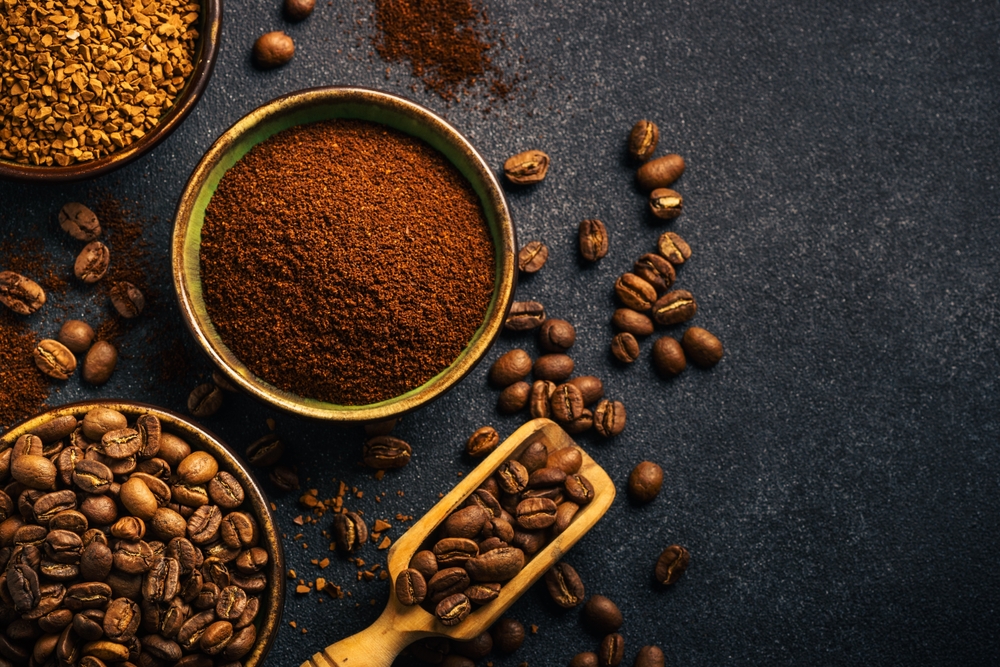
Coffee maker mistake: You use the wrong grind size for your brewing process
There’s a specific size and grind for every type of coffee you’re making, and using the wrong one could create a less-than-thrilling cup. You need coarse-ground coffee if you brew in a cold brewer or French press.
If you want to make espresso, you want an excellent grind. Your grind should be somewhere between those two brewing processes for a drip coffee maker.
This coffee maker mistake can lead to you making a mess, clogging up your machine, and it’ll also give you a weird-tasting cup of coffee.
While we’re on the topic of coffee, what’s your favorite brand? Here’s ours!
It’s your turn to tell us… Have YOU been making any of these coffee maker mistakes? Or are there any you feel we left off this list? Let us know in the comments section below.
And if you liked this post, be sure to also check out: 25 Kitchen Organizing Mistakes That Are Costing You Money

